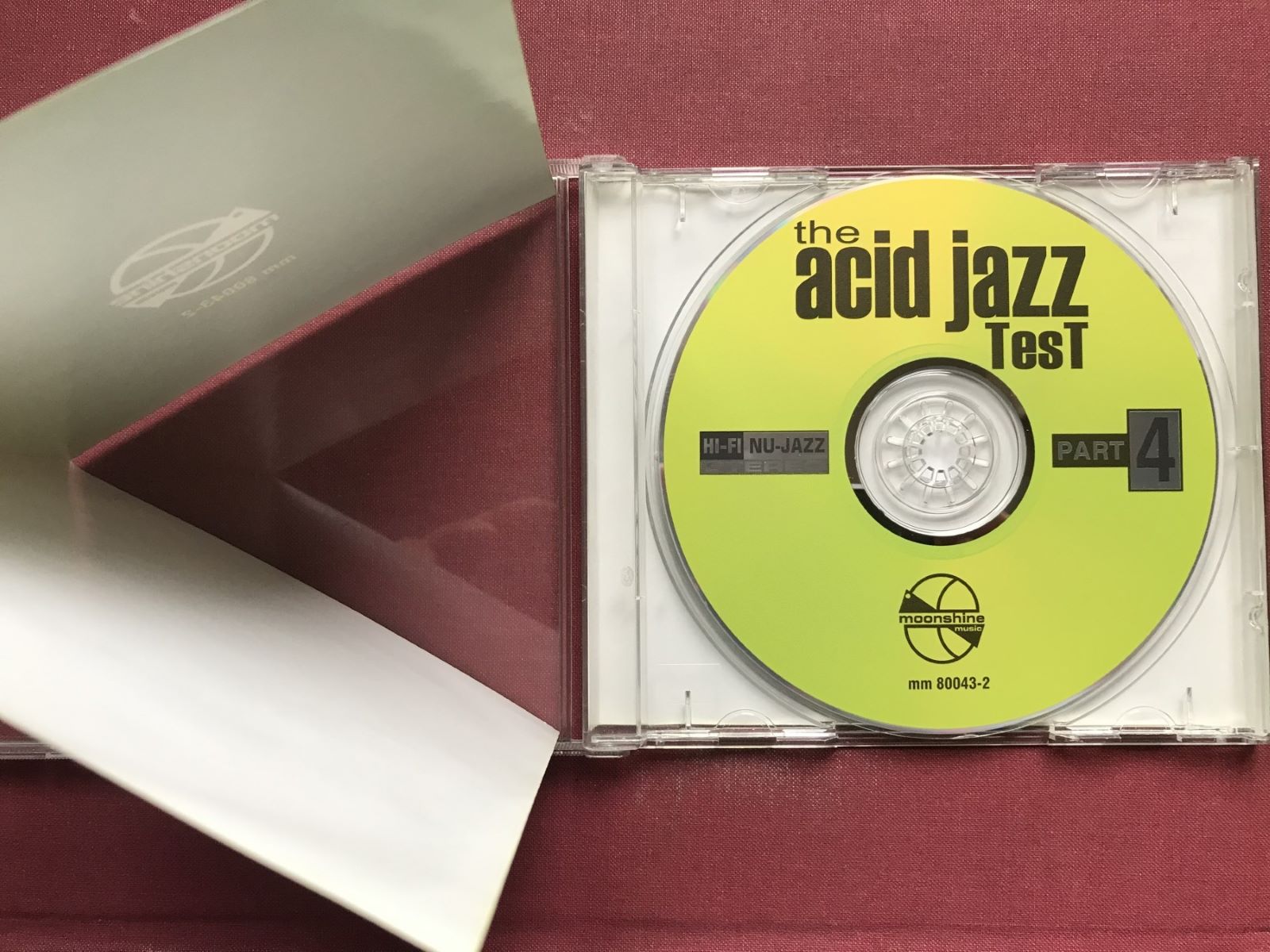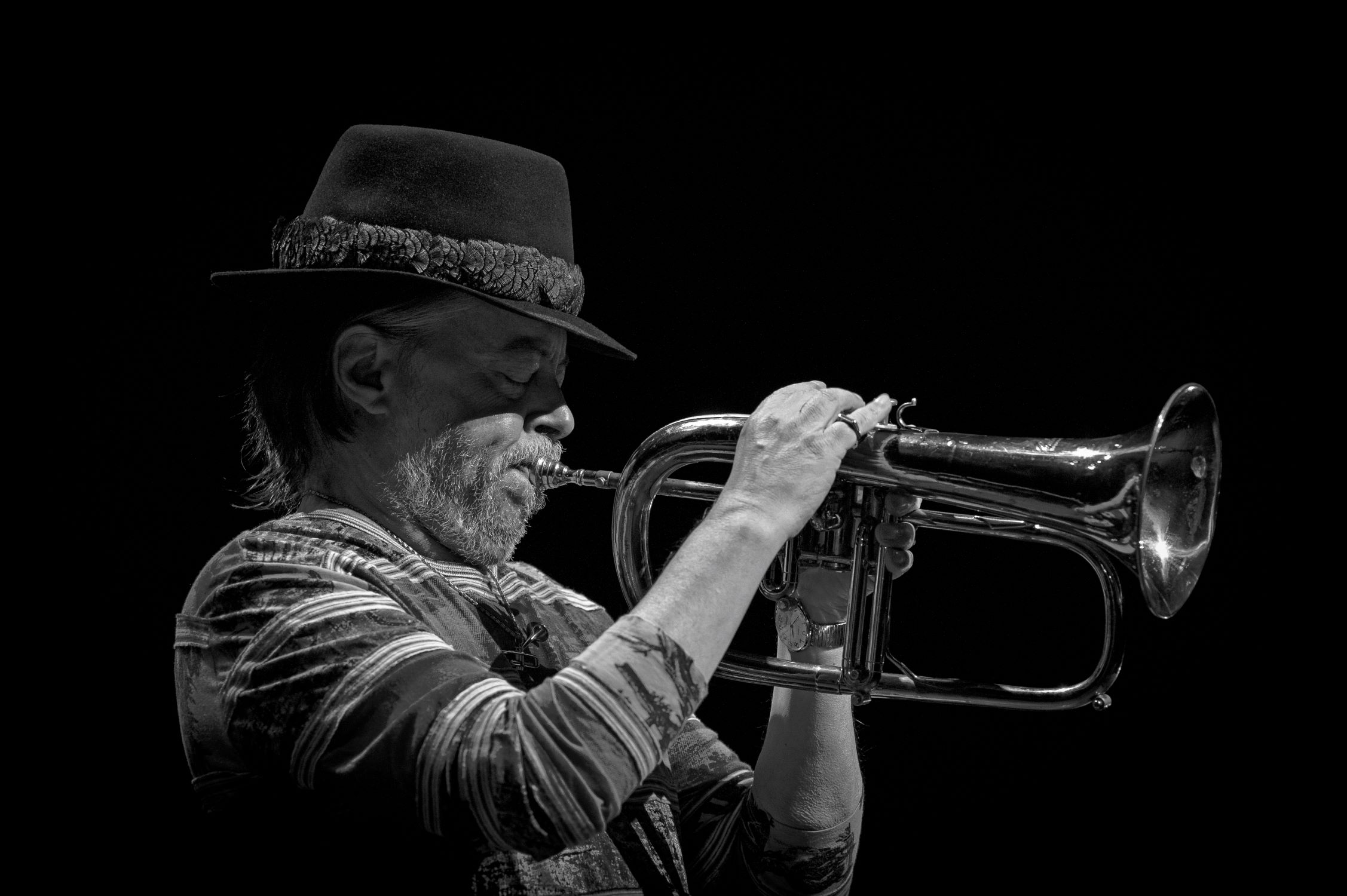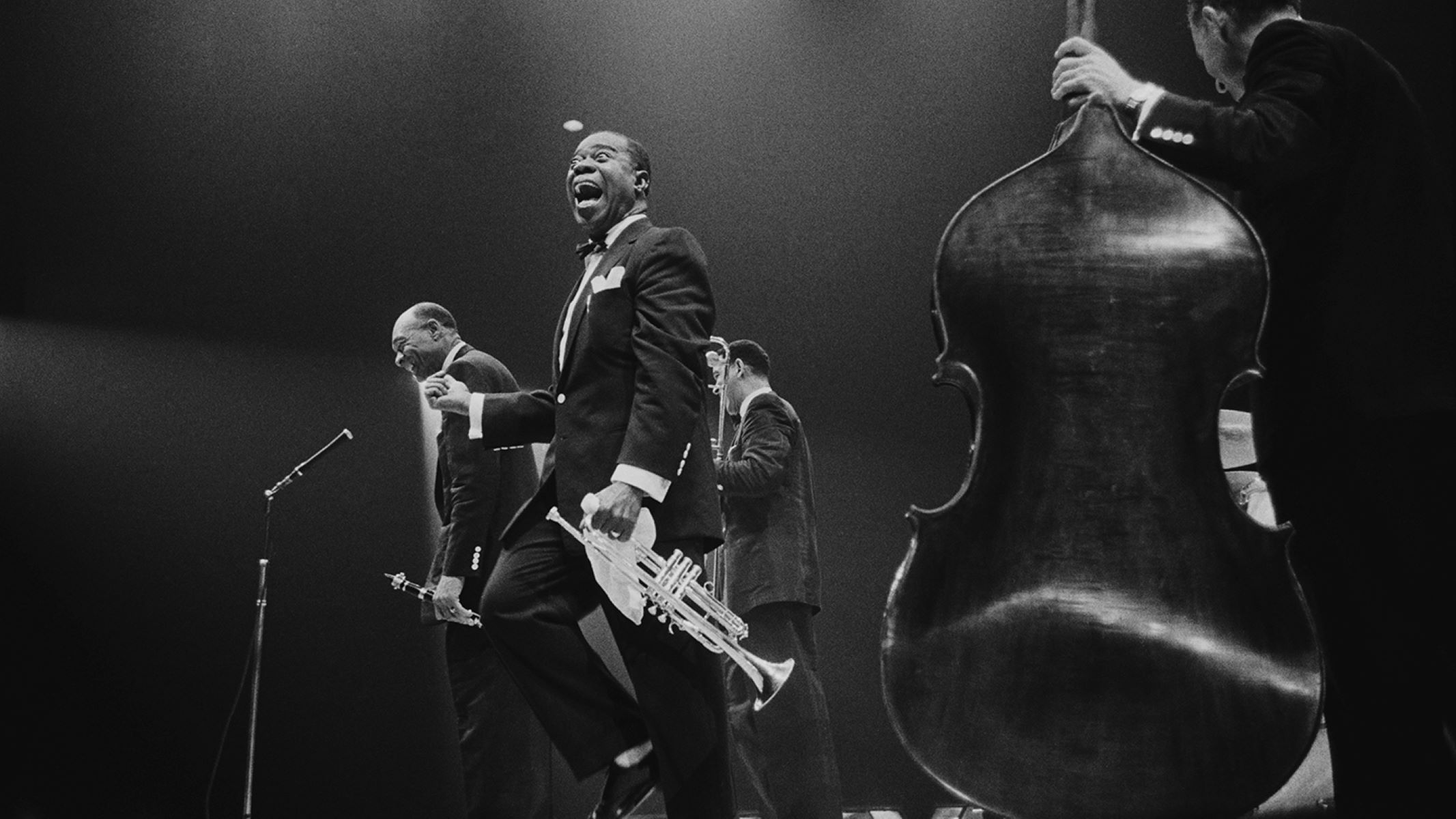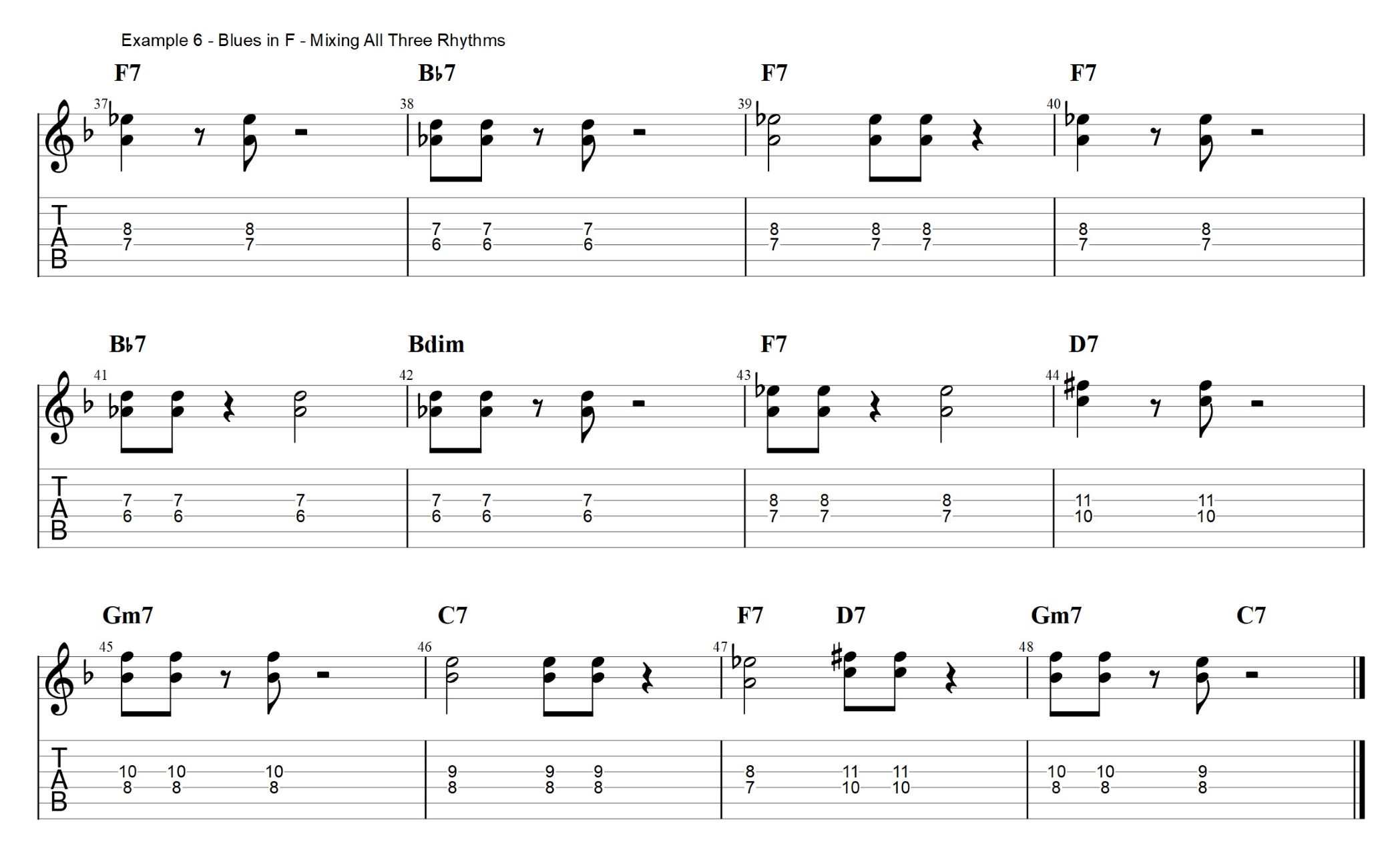

Jazz
What Is Acid Jazz Music
Modified: March 3, 2024
Discover the smooth sounds of Acid Jazz music. Explore the fusion of Jazz, Funk, and Soul genres to create a unique and captivating musical experience. Embrace the grooves of Jazz today!
(Many of the links in this article redirect to a specific reviewed product. Your purchase of these products through affiliate links helps to generate commission for AudioLover.com, at no extra cost. Learn more)
Table of Contents
Introduction
Welcome to the world of Acid Jazz music, where groovy beats, funky basslines, and soulful melodies come together in a unique fusion of genres. Characterized by its infectious energy and improvisational nature, Acid Jazz has captivated music lovers for decades.
Acid Jazz, also known as club jazz, emerged in the late 1980s and early 1990s as a response to the slick and polished sounds of the mainstream jazz and pop scenes. It drew inspiration from various genres such as jazz, funk, soul, and hip-hop, creating a fresh and innovative sound that resonated with a new generation of listeners.
The term “Acid Jazz” was coined by DJ Giles Peterson, who used it to describe the music played at his “Acid Jazz” club nights in London. The name may evoke images of psychedelic or drug-infused music, but in reality, Acid Jazz is a vibrant and eclectic genre that defies categorization.
Acid Jazz music serves as a bridge between the past and the present, combining elements of vintage jazz and funk with contemporary production techniques. It takes the improvisational spirit of jazz and infuses it with the infectious rhythms and beats of funk and soul, creating a rich and dynamic musical experience.
What sets Acid Jazz apart from other genres is its emphasis on creating a fusion of live instrumentation and electronic elements. This blending of organic and synthetic sounds gives Acid Jazz its distinctive texture, incorporating elements such as sampled beats, electronic keyboards, and DJ scratching.
Over the years, Acid Jazz has evolved and expanded its scope, incorporating influences from different cultures and musical traditions. It has been a fertile ground for experimentation and collaboration, with artists pushing the boundaries of the genre and infusing it with their own unique styles.
In the following sections, we will explore the origins of Acid Jazz, the influences that shaped its sound, the characteristics that define it, and the impact it has had on popular culture. Get ready to dive into the vibrant and captivating world of Acid Jazz music!
Definition of Acid Jazz
Defining Acid Jazz is no easy feat, as it encompasses a diverse range of musical elements and styles. At its core, Acid Jazz can be understood as a genre that blends jazz improvisation with the rhythmic and electronic elements of funk, soul, and hip-hop.
Unlike traditional jazz, Acid Jazz embraces a more contemporary and accessible sound, with its focus on catchy melodies, infectious grooves, and energetic performances. It combines the melodic and harmonic complexity of jazz with the danceable beats and rhythms of funk and soul.
One of the defining characteristics of Acid Jazz is its incorporation of electronic elements. DJs and producers play a pivotal role in shaping the sound by incorporating elements like sampled beats, drum machines, and synthesizers, giving the music a modern and urban edge.
Another key aspect of Acid Jazz is its emphasis on improvisation. Musicians often take extended solos and engage in spontaneous musical conversations, allowing for creativity and individual expression. This improvisational spirit creates a dynamic and exciting musical experience for both the performers and the audience.
Furthermore, Acid Jazz places a strong emphasis on the concept of “groove.” The rhythmic foundation of the music is built on syncopated and funky basslines, tight drum patterns, and infectious guitar riffs. These elements come together to create a distinctive and groove-oriented sound that is instantly recognizable.
It is important to note that Acid Jazz is not a strictly defined genre but rather a fluid and evolving musical movement. It is constantly influenced by various musical styles and continues to adapt and evolve over time. This versatility and openness to experimentation have contributed to Acid Jazz’s enduring popularity and longevity.
In essence, Acid Jazz can be seen as a genre that bridges the gap between the accessibility of popular music and the complexity of jazz. It combines the best of both worlds, appealing to a wide range of listeners while still maintaining the artistic integrity and improvisational spirit that jazz is known for.
Now that we have a better understanding of what Acid Jazz is, let’s delve into its origins and explore the artists and influences that have shaped this vibrant genre.
Origins of Acid Jazz
The origins of Acid Jazz can be traced back to the vibrant music scenes of London and New York in the late 1980s and early 1990s. It emerged as a reaction against the smooth and commercialized sound of mainstream jazz, presenting a fresh and innovative approach to the genre.
In London, Acid Jazz was born out of the club scene, with DJs like Gilles Peterson and Eddie Piller playing a pivotal role in its development. These DJs hosted weekly club nights where they showcased a mix of jazz, funk, soul, and hip-hop, creating a unique atmosphere that attracted a diverse audience.
The Acid Jazz movement in London gained momentum with the creation of the Acid Jazz record label in 1987 by DJ Eddie Piller and record collector Gilles Peterson. The label became a platform for emerging artists who were pushing the boundaries of jazz and embracing more contemporary sounds. They sought to capture the energy and spirit of their club nights in a recorded format, providing a platform for the growing Acid Jazz scene.
Meanwhile, across the Atlantic in New York City, a similar musical movement was taking shape. Artists like Digable Planets and A Tribe Called Quest were incorporating jazz samples and elements into their hip-hop tracks, creating a fusion that would later be recognized as Acid Jazz. This movement became known as the “Jazz Rap” or “Jazz Hip-Hop” scene and played a crucial role in popularizing Acid Jazz on an international level.
The influence of Acid Jazz also spread to other parts of the world, with artists and musicians incorporating its sound into their own unique styles. In Japan, for example, Acid Jazz enjoyed immense popularity and a dedicated following. Japanese artists like Mondo Grosso and United Future Organization blended Acid Jazz with traditional Japanese music, creating a distinct fusion that resonated with audiences.
One cannot discuss the origins of Acid Jazz without acknowledging the influence of jazz-funk pioneers like Herbie Hancock, Roy Ayers, and Donald Byrd. These artists embraced electronic instruments, fusion elements, and experimental approaches in their music, laying the foundation for Acid Jazz’s fusion of genres.
Overall, the origins of Acid Jazz are deeply rooted in the desire to break free from the constraints of traditional jazz and explore new sonic territories. By incorporating elements of funk, soul, hip-hop, and electronic music, Acid Jazz artists created a fusion that revitalized the jazz scene and attracted a new generation of music lovers.
Now that we have explored the origins of Acid Jazz, let’s delve into the unique influences that have shaped the sound of this genre.
Influences on Acid Jazz Music
Acid Jazz music is a genre that draws inspiration from a wide range of musical influences. Its unique sound is a result of blending and reinterpreting various genres, creating a distinct fusion that sets it apart. Let’s explore some of the key influences that have shaped Acid Jazz.
Jazz: As the name suggests, jazz plays a significant role in the development of Acid Jazz. The improvisational nature, complex harmonies, and melodic elements of jazz serve as the foundation for Acid Jazz music. Artists like Miles Davis, John Coltrane, and Duke Ellington have had a profound impact on the genre with their innovative approaches to jazz.
Funk: The funky rhythms, soulful vocals, and infectious basslines of funk music have heavily influenced Acid Jazz. Pioneers like James Brown, Parliament-Funkadelic, and Sly and the Family Stone brought a unique groove and energy to their music, which artists in the Acid Jazz scene embraced and incorporated into their own sound.
Soul: The soulful melodies, emotional vocals, and heartfelt lyrics of soul music have also left a lasting impact on Acid Jazz. Artists like Aretha Franklin, Marvin Gaye, and Stevie Wonder brought a depth of emotion and soulfulness to their music, influencing Acid Jazz artists to infuse their compositions with similar elements.
Hip-Hop: Acid Jazz drew inspiration from the emerging hip-hop scene in the late 80s and early 90s. The use of sampling, turntablism, and rhythmic patterns in hip-hop music was embraced by Acid Jazz artists, adding a modern and urban edge to their sound. Groups like A Tribe Called Quest, The Roots, and Digable Planets incorporated jazz samples and became influential figures in the Acid Jazz movement.
Electronic Music: The rise of electronic music in the late 20th century also had a significant impact on Acid Jazz. The use of synthesizers, drum machines, and electronic effects introduced a new sonic palette to the genre. Artists like Herbie Hancock, who embraced electronic instruments in their jazz-fusion compositions, paved the way for the incorporation of electronic elements in Acid Jazz music.
World Music: Acid Jazz artists also drew inspiration from various world music traditions, incorporating elements from Latin, Afrobeat, reggae, and other global musical styles. This infusion of diverse cultural influences brought a rich tapestry of rhythms and textures to Acid Jazz and added a global perspective to the genre.
These are just some of the many influences that have shaped Acid Jazz music. The genre’s ability to blend these diverse musical elements into a cohesive and captivating sound is what makes it so unique and appealing to listeners.
In the following section, we will explore the characteristics that define Acid Jazz music and distinguish it from other genres.
Characteristics of Acid Jazz Music
Acid Jazz music is characterized by a distinct set of musical features that contribute to its unique and captivating sound. These characteristics set it apart from other genres and create an immersive and energetic musical experience. Let’s explore the key characteristics of Acid Jazz.
1. Fusion of Genres: Acid Jazz is a genre that seamlessly blends elements of jazz, funk, soul, hip-hop, and electronic music. It takes the improvisational nature of jazz, the rhythmic grooves of funk and soul, and the electronic elements of hip-hop and electronic music, creating a rich and dynamic fusion.
2. Groove-Oriented Rhythms: The rhythmic foundation of Acid Jazz is built on syncopated and funky basslines, tight drum patterns, and infectious guitar riffs. The groove is at the heart of the music, driving the energy and creating an irresistible urge to move and dance.
3. Improvisation: Acid Jazz embraces the spirit of improvisation, allowing musicians to express themselves and engage in spontaneous musical conversations. Extended solos, call and response exchanges, and improvisational interplay are common in Acid Jazz performances, adding a sense of excitement and spontaneity.
4. Use of Electronic Elements: Acid Jazz incorporates electronic instruments, samples, and production techniques, giving the music a modern and urban edge. DJs and producers play a crucial role in shaping the sound by incorporating elements like sampled beats, drum machines, and synthesizers.
5. Catchy Melodies: Acid Jazz is known for its memorable and infectious melodies. These melodies often draw from jazz and soul influences and are crafted to be instantly recognizable and enjoyable to listeners. The combination of catchy melodies and groovy rhythms creates a captivating musical experience.
6. Use of Live Instruments: While Acid Jazz incorporates electronic elements, it also emphasizes the use of live instrumentation. Musicians play a variety of instruments, including saxophones, trumpets, keyboards, guitars, and drums, adding a vibrant and organic quality to the music.
7. Collaborations and Experimentation: Acid Jazz has always been a fertile ground for collaboration and experimentation. Artists from different backgrounds and genres come together to create innovative and boundary-pushing music. This willingness to explore new sounds and collaborate with diverse musicians has contributed to the genre’s vibrant and ever-evolving nature.
These characteristics define Acid Jazz and create a unique sonic experience that is both accessible and artistically fulfilling. The genre’s ability to seamlessly blend genres and create a fusion of sounds has attracted a dedicated fan base and solidified its place in the music industry.
Now that we have explored the characteristics of Acid Jazz, let’s delve into some notable Acid Jazz artists who have made an impact on the genre.
Notable Acid Jazz Artists
Over the years, numerous talented and innovative artists have made significant contributions to the world of Acid Jazz. These artists have pushed the boundaries of the genre, incorporating their own unique styles and creating music that has captivated audiences worldwide. Let’s take a look at some notable Acid Jazz artists:
1. Jamiroquai: One of the most prominent and successful Acid Jazz bands, Jamiroquai, led by frontman Jay Kay, achieved worldwide fame in the 1990s. Known for their infectious grooves and catchy melodies, their blend of funk, disco, and soul created a distinctive sound that defined the Acid Jazz movement.
2. Brand New Heavies: Another influential Acid Jazz group, Brand New Heavies, combined elements of funk, soul, and jazz to create their signature sound. With hits like “Dream On Dreamer” and “Never Stop,” they became synonymous with the Acid Jazz scene and brought the genre to a wider audience.
3. Incognito: Led by Jean-Paul “Bluey” Maunick, Incognito is a British Acid Jazz band known for their soulful vocals and tight instrumentals. Their blend of jazz, funk, and soul has earned them a dedicated following and critical acclaim, making them one of the standout acts in the genre.
4. The James Taylor Quartet: Known for their high-energy performances, The James Taylor Quartet is a British Acid Jazz band that has been at the forefront of the genre since the late 1980s. Their fusion of jazz, funk, and Hammond organ-driven grooves has garnered them a loyal fanbase and global recognition.
5. Ronny Jordan: As a revered Acid Jazz guitarist, Ronny Jordan played an integral role in popularizing the genre. With his smooth guitar lines and laid-back style, he introduced a new generation to the sound of Acid Jazz and became an icon in the genre.
6. The Young Disciples: This British Acid Jazz group, fronted by Carleen Anderson, combined soulful vocals with jazz-infused beats, creating a unique and captivating sound. Their hit song “Apparently Nothin'” became an anthem of the Acid Jazz movement and solidified their place in the genre’s history.
7. Galliano: Known for their eclectic blend of Acid Jazz, hip-hop, and reggae, Galliano brought a unique and multilayered sound to the genre. Led by Rob Gallagher, their experimental approach and fusion of genres made them a standout act in the Acid Jazz scene.
These are just a few of the notable Acid Jazz artists who have made significant contributions to the genre. Each artist has brought their own style and creativity to the table, helping to shape and define the sound of Acid Jazz over the years.
Now that we have explored some of the notable Acid Jazz artists, let’s delve into the impact of Acid Jazz on popular culture.
Acid Jazz and its Impact on Popular Culture
Acid Jazz has had a significant impact on popular culture, influencing various realms such as music, fashion, and visual arts. Its unique blend of genres and infectious energy has resonated with a wide range of audiences, leaving a lasting imprint on the cultural landscape. Let’s explore the impact of Acid Jazz on popular culture.
1. Revitalizing Jazz: Acid Jazz breathed new life into the jazz genre, attracting a younger audience who may not have been previously exposed to jazz music. This infusion of contemporary and urban elements helped to foster a renewed interest in the genre among both musicians and listeners.
2. Bridging Musical Boundaries: Acid Jazz’s fusion of jazz, funk, soul, hip-hop, and electronic music created a bridge between different musical styles and cultures. It brought together diverse communities and audiences, fostering a sense of unity and appreciation for the power of cross-genre collaborations.
3. Club Culture and Dance Music: Acid Jazz played a significant role in the development of the club culture and dance music scenes. Its infectious grooves and danceable rhythms became a staple in clubs and laid the foundation for the rise of acid jazz-influenced dance styles like jazz dance and acid jazz house.
4. Influence on Fashion: Acid Jazz’s vibrant and eclectic sound was paralleled in the fashion world. The Acid Jazz movement had a significant impact on streetwear and fashion trends, with its fusion of styles and the mixing of vintage and contemporary elements becoming a popular aesthetic among fans. It helped shape the fashion landscape of the 1990s and continues to influence fashion trends today.
5. Visual Arts and Design: Acid Jazz’s creative and innovative approach to music also resonated in the world of visual arts and design. Its bold and eclectic soundscape inspired various artists and designers, leading to the creation of album covers, poster designs, and visual art pieces that captured the spirit of Acid Jazz.
6. Influence on Contemporary Music: The impact of Acid Jazz can be felt in contemporary music across genres. Its fusion of live instrumentation and electronic elements, improvisational spirit, and focus on groove have influenced artists in genres ranging from neo-soul and R&B to electronic dance music and hip-hop. Acid Jazz’s innovation continues to shape and inspire musicians today.
Overall, Acid Jazz’s impact on popular culture cannot be overstated. It revitalized the jazz scene, bridged musical boundaries, influenced fashion trends, and left a lasting impression on visual arts and design. Its infectious energy and unique fusion of genres continue to resonate with audiences and shape the cultural landscape.
Now that we have explored the impact of Acid Jazz on popular culture, let’s conclude our journey into the world of Acid Jazz.
Conclusion
Acid Jazz has emerged as a vibrant and influential genre that has captivated music lovers around the world. With its fusion of jazz, funk, soul, hip-hop, and electronic music, Acid Jazz has created a unique sound that incorporates catchy melodies, infectious grooves, and improvisational spirit.
Originating in the club scenes of London and New York in the late 1980s and early 1990s, Acid Jazz quickly gained popularity and expanded its reach globally. Notable Acid Jazz artists like Jamiroquai, Brand New Heavies, and Incognito brought the genre to the mainstream, while pioneers like Gilles Peterson and Eddie Piller played a crucial role in its development and promotion.
Acid Jazz’s impact on popular culture extends beyond the music itself. It revitalized jazz, bridged musical boundaries, influenced fashion trends, and left a lasting imprint on visual arts and design. Its infectious energy and cross-genre collaborations have continued to inspire and shape contemporary music across various genres.
As Acid Jazz evolves and incorporates new influences, it remains a testament to the power of fusion and experimentation in music. Its ability to blend genres, incorporate electronic elements, and emphasize improvisation has created a dynamic and ever-evolving sound that continues to captivate audiences.
Whether you’re a long-time fan or new to the genre, exploring the rich and diverse world of Acid Jazz is an experience that will undoubtedly leave you grooving to the infectious beats and captivated by the creativity of its artists.
So, turn up the volume, let the grooves move your feet, and immerse yourself in the vibrant world of Acid Jazz – a genre that continues to push boundaries, defy categorization, and ignite a passion for the fusion of music.











